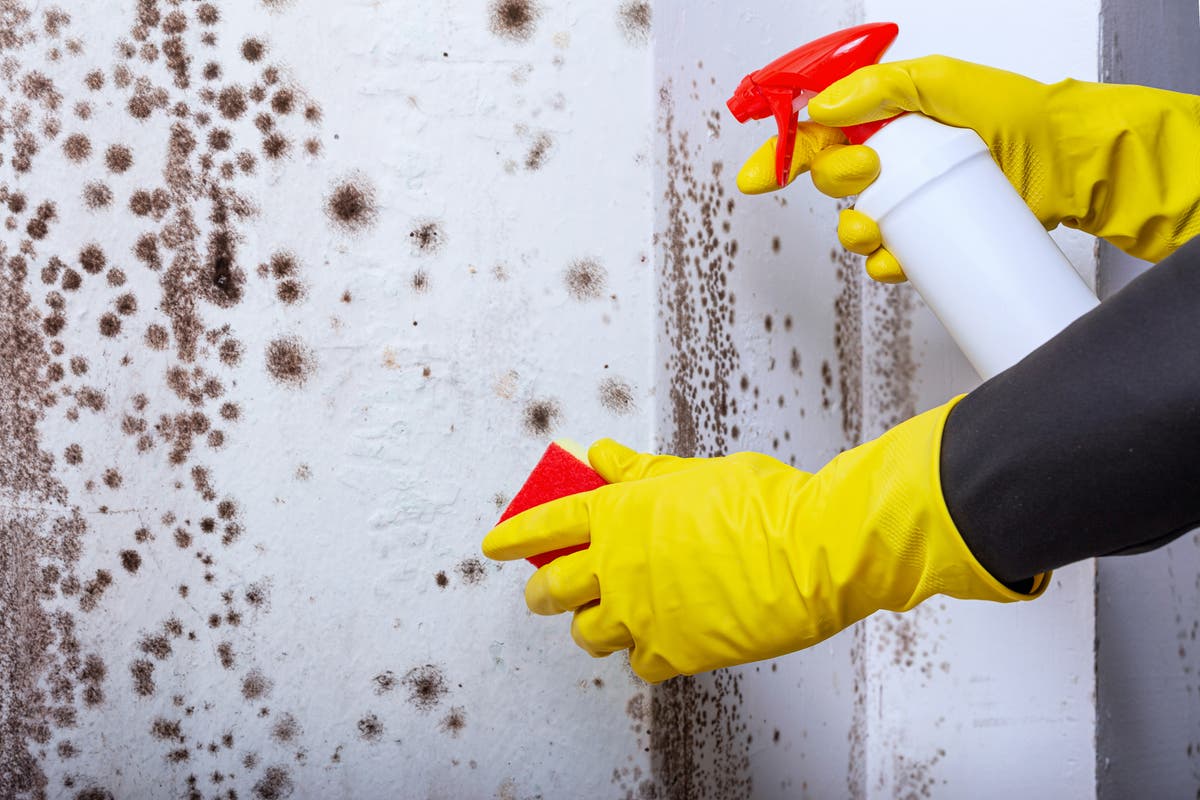
Americans Googled “black mold” more than ever this year, as humid and hot conditions - which are ripe for its growth - plagued much of the country. Exposure to black mold, also known as Stachybotrys chartarum , can be dangerous, leading to an immune system disorder, skin conditions and respiratory symptoms and infections . Understanding prevention is key to stopping any potential health risks.
, which might explain the spike in searches. In August, there were 697,215 searches using that term, according to new research conducted by product review brand Expert Reviews. They used data sourced from Google Trends and trend monitor Glimpse.
Notably, summer 2024 was the Northern Hemisphere’s warmest on record, and August was the planet’s hottest August in the National Oceanic and Atmospheric Administration’s 175-year record. The sweltering conditions were fueled by climate change, and record warmth has continued through November, though much of the nation has recently been in drought. From August to October there were nearly two million searches for black mold, and residents also searched for symptoms related to exposure.
Monthly searches for “mold symptoms” hit the highest level ever in October. Expert Reviews said that most of those searching were from West Virginia, Kentucky, Michigan, South Dakota and Maine. Michigan saw its fifth-wettest summer on record, with storms causing major power outages.
Maine also had a historically warm season . Thunderstorms caused flash flooding in the Northeast and along the coast. “Clearly many Americans are experiencing and dealing with black mold, especially in northern and eastern states where it’s more humid, and are concerned about the health impacts it can have.
Water damaged and humid homes are an ideal breeding ground for this type of harmful mold – the recent storms that have hit the US may also have influenced these searches,” Danielle Amato, the home editor at Expert Reviews, said in a statement. Humidity is continuing to increase due to climate change, according to non-profit Climate Central . The group said in 2020 that the frequency of extreme heat and humidity had already doubled in most US locations from the periods between 1980 to 1999 and 2000 to 2019.
Mold grows where there is excessive moisture , cropping up around windows and doors and creeping up walls and ceilings. It can also grow in dust, paints, drywall, carpet and upholstery. The spores often drop in places with leakage and where there has been flooding.
For families living in homes affected by black mold growth, associated health issues can mean a trip to the hospital. But, they can also be more mild. More than 75,000 hospitalizations occur every year for fungal diseases, according to the Centers for Disease Control and Prevention.
For some, mold can result in a stuffy nose, sore throat, coughing or wheezing, a skin rash, and burning eyes. Those with asthma or mold allergies may have severe reactions and some people may experience hypersensitivity pneumonitis : an immune system disorder that causes the lungs to become inflamed. In those cases, continued exposure could lead to permanent lung damage.
To prevent these health impacts and other related risks, health authorities recommend keeping humidity levels in the home no higher than 50 percent all day, to be sure that air flows freely, to fix any leaks in roofs or walls, to dry out a home quickly after a flood, to clean bathrooms with mold-killing products, and to add mold inhibitors to paints before painting. To clean mold that is already growing, use soap and water, household products, or a bleach solution of no more than a coup of household laundry bleach in a gallon of water. Homeowners should never mix bleach with other cleaners or ammonia, because that will produce a poisonous gas.
.














